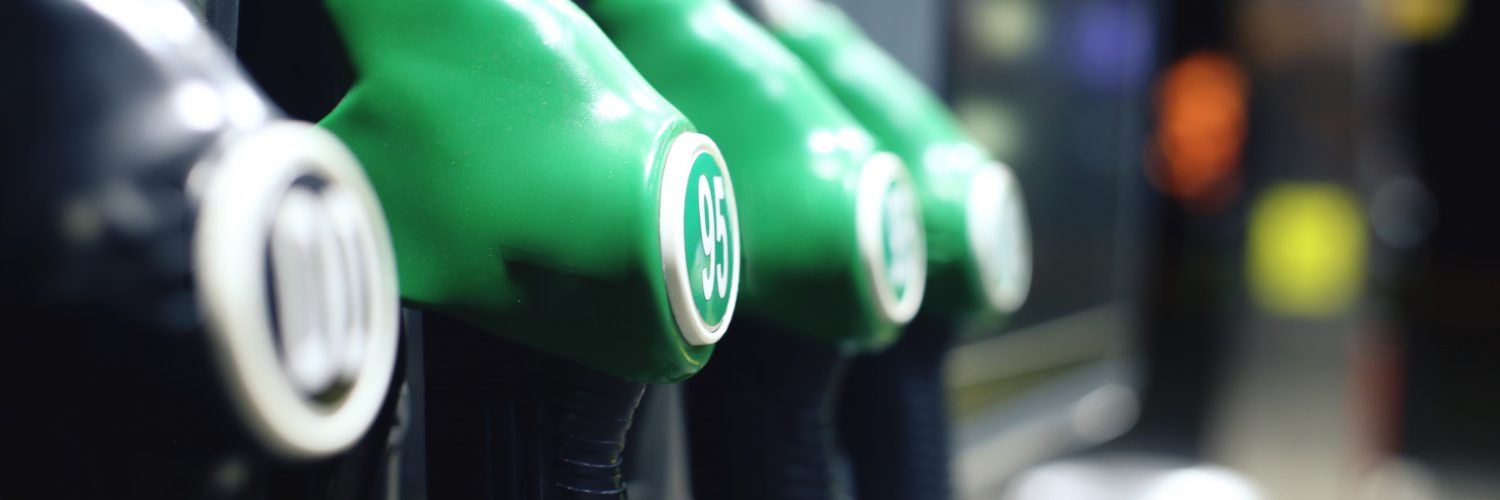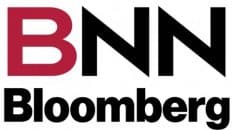Why do I get the feeling that we’re all at the starting line waiting impatiently for the starter to show up, fire his gun and get this show on the road?
The metaphorical race I am talking about is the economic one.
This country’s economy is commodity based. A key anchor is the oil and gas industry. How long fossil fuels will maintain their headliner status is up in the air of wind powered turbines and photon converting solar panels, which both rely on perfectly windy and sunny days all year long.
Until we Canadians find that renewable Yellow Brick Road, we’ll have to look at our fossil fuel map to determine where crude oil, gasoline and diesel supply and demand numbers are so we can get back in the race of recovery from this merciless pandemic.
For the past year now, the majority of energy analysts, myself included, have been taking but a yawning interest in the weekly EIA inventory reports, also known as the Holy Grail of petroleum data that speculators and traders worldwide rely on for their guestimates on the near-term direction of our gasoline and diesel prices.
Interest in these numbers has waned because the geopolitical factor, so dominant in the past, has been usurped by this geopandemic, which has taken the math out of the mathematics of price forecasting!
The new term is guessamatics but that also may be changing.
There is reason for optimism at the end of the rabbit hole we all fell into though.
The reason for this is the (so far) successful rollout of COVID-19 vaccines especially in the U.S., which is the largest energy producer and consumer on this planet.
As more and more people get vaccinated the higher and higher consumer confidence goes, along with speculators’ and Wall Street traders’ calls for the futures prices of refined products and then our pump and rack prices for gasolines and diesel.
If we look at the current supply and demand levels, it looks like the starter has entered the building – and the race to recovery may begin.
U.S. crude oil levels are at about 500 million barrels or 3% over the 5-year average.
So, no problem there.
Gasoline inventories are 2% below the average, but these can easily be made up as refineries are only running at 84% capacity.
The true indictors to watch are gasoline and distillate (diesel and jet fuel) demand.
Gasoline is up an astonishing 15%.
Even more encouraging is the demand for jet fuel.
In January 2021, jet fuel demand was down 38%.
This week that number has shrunk down to only 11%.
I can only conclude that the consumer has peaked out the door, and is seeing an all clear that’s pointing to… back on the road, back to work, and back to the airport for that well-earned holiday.
The race is on, so make sure your shoelaces are tied, and hope the politicians don’t trip us up!
– Roger McKnight – B.Sc., Senior Petroleum Analyst








Add comment